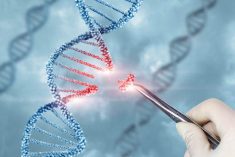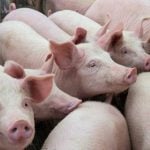Scientists at Helmholtz Zentrum München, a German research centre, have published the closest look yet at the barley genome.
They recently published their findings in the journal Nature and lead author Heidrum Gundlach says they hope the new and more detailed barley genome will help develop varieties resistant to pathogens and tolerant of climate fluctuations.
Gundlach said the barley genome is large — about twice the size of the human genome — and has a lot of repetitive elements, making it difficult to sequence completely.
- Read more: Researchers sequence two-thirds of the barley genome
Read Also

Five new CWD cases confirmed in Manitoba
Chronic wasting disease (CWD) has been found in five more Manitoba deer, including in two new municipalities without previous cases of the disease.
“This is why there was previously only a preliminary, incomplete and incorrect genome sequence,” Gundlach said.
Gundlach, along with colleagues in an international consortium, has succeeded in creating a new, high-quality reference genome sequence for barley.
Co-author Manuel Spannagl said they were able to decode the “architecture” of the large genome and get to the heart of how it works and interacts.
“Our data allows the first detailed analysis of agronomically and industrially important gene families such as alpha-amylase, an enzyme with special importance in the brewing process,” Spannagl said.
With their new reference, researchers also want to examine the natural diversity of barley at the genomic level. Their findings could significantly accelerate the process to cultivate new varieties, for example, in light of the climate change.
The next step calls for the sequencing, analysis, and genomic comparison of further types of barley.
Researchers want to determine important characteristics, such as resistances of individual varieties, and apply them to other types.















